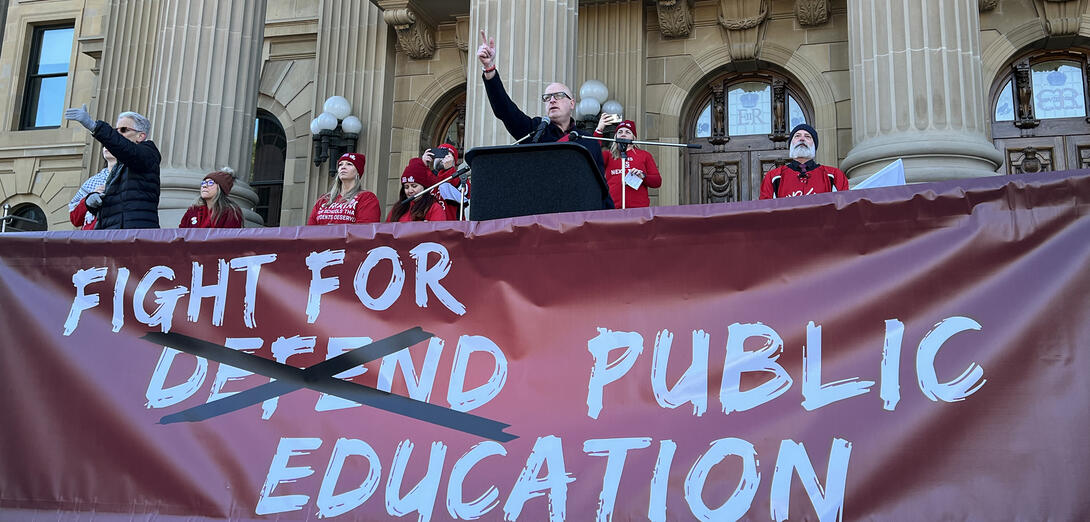Question: Why isn’t the Association mounting picket lines?
Answer: Most of the law and practices around labour relations generally, and strikes in particular, originate with historical industry practices. These do not necessarily translate well into a public service environment or to the situation we now find ourselves in.
In an industrial workplace, a picket line is intended to disrupt efforts by an employer to continue production or maintain services as usual. Picket lines are intended to slow or stop the delivery of materials, the movement of nonunion labour into and out of the site, and the removal of products or delivery of services, all of which is intended to cause the employer to lose revenue and, ultimately, to consider whether making concessions to striking workers might be the better alternative to the financial pain they are experiencing. Picket lines, therefore, are essential to the functioning of an industrial strike and the main tool for moving an employer toward a settlement. That is why an industrial union will maintain a daily picket line outside the workers’ usual place of employment for the duration of a strike. Maintaining the line is so important that unions will incent member participation by making the payment of strike pay to a union member conditional on their walking the line.
While a legal right to maintain a picket line is recognized, Alberta’s labour legislation severely restricts the operation of picket lines and effectively prohibits secondary pickets, which are mounted for disruptive purposes by striking workers at places other than their usual worksite.
In the case of the teachers’ strike, the usual places of employment, being schools, are simply not able to operate, and there is no “production” to shut down by means of a picket line. That is the main reason Provincial Executive Council, acting on the advice of the Central Strike Advisory Committee, decided not to undertake picketing. Instead, teachers’ efforts have been focused on raising public awareness in the hope that parents and ordinary citizens will pressure the government to commit the funding necessary to meet teachers’ legitimate expectations for improved classroom conditions and compensation.
Teachers strikes are intended to exert moral and political suasion on the government. What they can’t do is exert economic pressure on the government, which is actually saving money (estimated at $21 million per day) every day the strike continues. So instead of picket lines, teachers will exercise their right to free expression and free association in the form of demonstrations and other coordinated activities to drive their message home directly to the government and indirectly to the public. An important responsibility of locals is organizing these events in the school community and ensuring that they are carried out in accordance with legal requirements for notification of relevant authorities, insurance, permits and the like. Effective action sends the message but avoids alienating those whose support we are counting on. Furthermore, such action must not trip prohibitions against secondary picketing by, for example, blocking access to an MLA’s office.
The provincial Association is providing support to locals in organizing their events to ensure compliance with all legal requirements and to assist in matters including arranging for insurance if required. Information about rallies is available to local presidents, local communications officers and local political engagement officers on their respective collaborative sites.

ATA Executive Secretary


